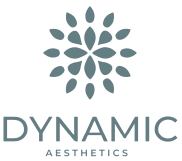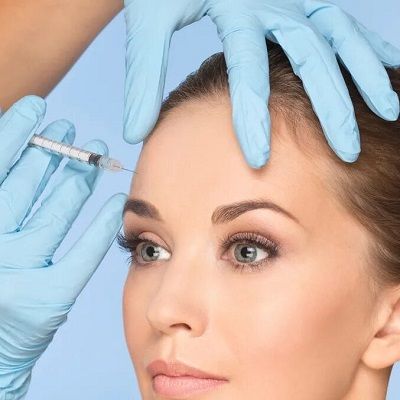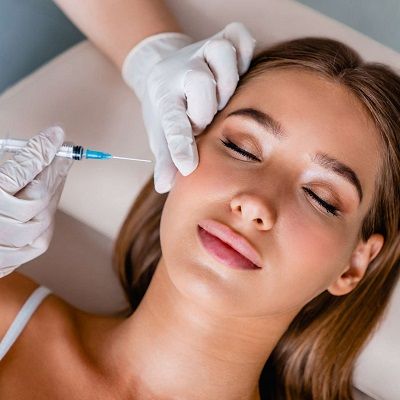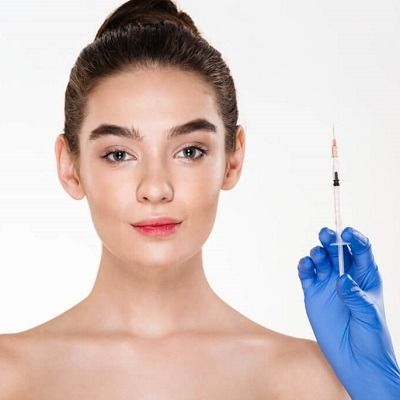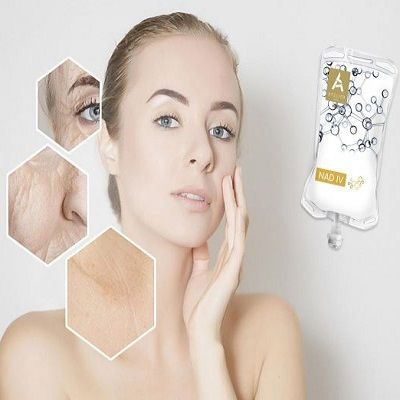
As time goes by, a lot of individuals may feel that their skin is losing its radiance, which can cause them to feel less confident about their appearance. Beauty standards typically prioritize fair and bright complexions. In particular, uneven skin tone and dull complexion are quite common. And many factors can contribute to these problems. Firstly, air pollution levels are rising, and this can result in clogged skin pores and an increase in melanin production, leading to a darker skin tone.
Additionally, inadequate hydration is a prevalent issue, which can negatively affect the body’s detoxification processes and cause harm to the skin. Relating to these issues, people use different creams and chemicals on the skin to make their skin look more alluring and brighter. However, dermatologists are coming up with better skin whitenings injections such as Glutathione and NAD IV.
What is Glutathione?
Glutathione Injections Dubai help to whiten the skin and are becoming more popular lately. The anti-melanogenic properties of glutathione counteract the effects of melanin. What causes the complexion to become dull and dark is the question to consider. Every person has a colored pigment which is melanin. Melanin is released by melanocytes, a particular type of cell. It helps to protect the skin from UV rays that also darken the color of the skin. On the contrary, glutathione is also an existing natural compound that helps to detoxify the body and eventually make it whiten. The complexion might also get darker as a result of the reduced glutathione levels.
What is NAD IV?
This therapy is an intravenous therapy method that involves directly administering nicotinamide adenine dinucleotide (NAD) into the bloodstream. NAD is a coenzyme that plays a vital role in cellular functions, such as energy metabolism, antioxidant activity, and DNA repair. NAD+ IV Therapy is believed to improve cellular function, reduce inflammation, and enhance brain functions.
Procedure:
The skin’s glutathione levels raise the skin-lightening infusion. It targets the body’s melanin. It stops the generation of melanin by blocking the enzyme involved in its synthesis. Glutathione injections are an effective and safe procedure. The doctor performs this procedure in their clinic.
The doctor uses the intravenous root to insert the glutathione.
In contrast, the NAD IV also uses the IV root to enter the body. The physicians enhance the importance of the supervision of the experts during this procedure
- The doctor first cleanses the area where he will insert the needle.
- Disinfects the area of cannula insertion.
- Places the needle into the vein very carefully to avoid bruising and bleeding in the area.
- Then allows the glutathione or NAD to enter the bloodstream via the vein.
- When the solution comes to an end, remove the needle attentively.
- Disinfect and cover the needle site with the bandage.
Difference between Glutathione and NAD:
Glutathione and NAD are both skin treatments and have highly efficient in skin whitening but work differently.
By preventing the synthesis of melanin, the pigment is responsible to give color and tone to the skin. Glutathione provides skin-whitening properties. The skin appears lighter and brighter by lowering melanin synthesis. Aside from its anti-inflammatory effects, glutathione also possesses antioxidant qualities that can help shield the skin from UV rays and free radical damage.
On the other hand, NAD is not usually utilized just for skin whitening. It is involved in cellular processes like DNA repair and energy metabolism that have an impact on the well-being and vitality of the skin. However, NAD IV treatment has reportedly improved some people’s skin look, presumably as a result of its capacity to enhance cellular activity and lessen inflammation. It can also aid in decreasing age-related cellular activities.
In conclusion, both glutathione and NAD have the potential to be good for the health of the skin.
Are these Treatments safe?
Unless these treatments are performed by the superintendence of the health care professional. They are considered as safe.
Both glutathione and NAD are naturally occurring substances in the body. When these substances enter the body externally, the body does not highly react to these substances. However, some people may face gastrointestinal issues and skin rashes after the glutathione administration that heal on their after some time. While NAD side effects are very rare to occur. But some people may feel flu-like symptoms that do not last long. In short, both these procedures are safe to use for skin-related conditions.
Aftercare:
As both these treatments use intravenous root to enter the body. So both of them have the same aftercare measures.
- Steer clear of the sun.
- Maintain hydration by eating a balanced diet and drinking enough water.
- Do not expose the skin to chemicals during the treatment.
- Give up smoking.
- Finish the therapy session
- After the procedure, don’t have any other procedures.
- Refrain from weight-bearing activities following the treatment.
- Be careful not to consume any drugs that can affect the process.
- Apply the cold pack to the injection site if you experience any pain or discomfort there.
Benefits:
The benefits that glutathione provides are as follows:
- Protects the cell damage that occurs from free radicals.
- Supports the immune system by increasing white blood cell production.
- Improves skin health by making the skin tone fairer and brighter.
- Detoxifies the body by removing the toxins from the body.
The benefits of NAD are:
- Produce energy.
- Slow down the aging process.
- Repair and regenerate cells.
- Regulate metabolism.
Book a Consultation!
Dynamic Clinic offers Glutathione vs NAD IV. Our doctors provide comprehensive guidance for both of these treatments. Our physicians are highly qualified, competent, and professional in their job. To receive this medical care from our facility under the direction of professionals. Schedule a consultation after completing the consultation form.
